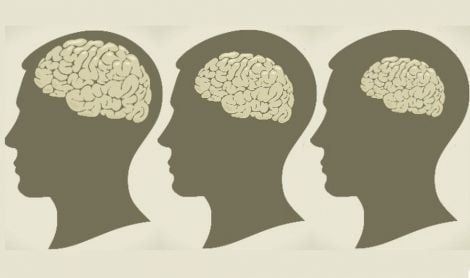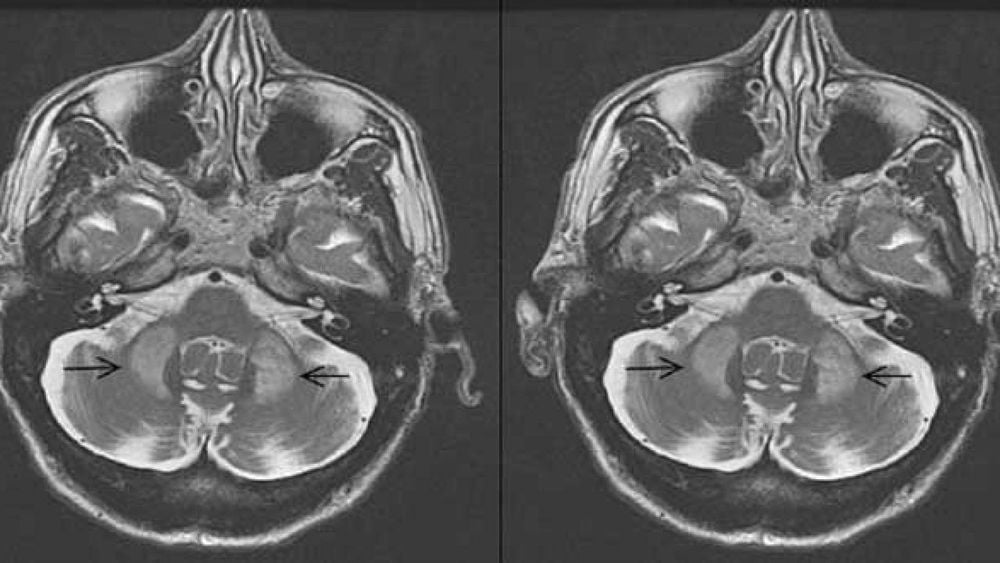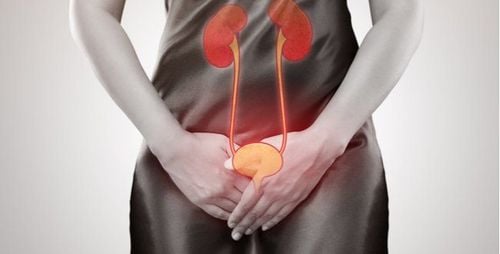This is an automatically translated article.
Multisystem atrophy is a rare condition of progressive neurodegeneration that damages nerve cells in the brain. Multisystem atrophy affects balance, movement, autonomic nervous system, and systems that control basic functions.
1. The concept of multisystem atrophy
Multisystem atrophy aka msa disorder. This is a rare progressive neurodegenerative condition that causes dysfunction of the cerebellum, pyramidal tract, and autonomic nervous system. Depending on the dominant neurological symptoms such as parkinson's syndrome, cerebellar ataxia or autonomic dysfunction, multisystem atrophy is divided into 3 groups:
MSA-A (also known as Shy - Drager syndrome): Progressive neurodegeneration predominates autonomic dysfunction. MSA-P (also called substantia nigra striatum): Parkinson's multisystem atrophy. MSA-C (also called cerebellar pontine atrophy): Multisystem cerebellar atrophy.
2. Causes of multiple system atrophy
The cause of multisystem atrophy is not well understood. The brain cells of people with MSA disorder contain a protein called alpha-synuclein. Abnormal accumulation of alpha-synuclein is thought to be responsible for damage to areas of the brain that control balance, movement, and normal body functions.

Nguyên nhân của bệnh teo đa hệ thống chưa được hiểu một cách rõ ràng.
3. Symptoms of multiple system atrophy
Symptoms of MSA disorder can occur any time after age 30, but usually begin between age 50 -n 60 years.
Symptoms of Parkinson's syndrome include:
Slow motion: People with multisystem atrophy have much slower movements than the average person. This can make it difficult to perform everyday tasks. Movement is difficult to initiate and the person will often have slow, wobbly steps, especially with very small steps. Muscle stiffness and tension: Multisystem atrophy can also cause muscle stiffness and tension. This can make movement more difficult and cause painful muscle cramps (dystrophy). Poor balance. These symptoms are typical of Parkinson's syndrome but unfortunately, the drug levodopa used to relieve symptoms in people with Parkinson's disease is not very effective for people with MSA progressive neurodegeneration – P
Symptoms of cerebellar ataxia include:
Balance problems: Unsteady walking. Speech problems: Lisp. Symptoms of autonomic failure:
Bladder problems: Urinary incontinence, urinary frequency, urinary incontinence, difficulty urinating, urinary retention. Digestive problems: Constipation. Erectile dysfunction: Common in men with multisystem atrophy. Orthostatic hypotension: Lightheadedness, dizziness, and fainting after standing up or suddenly changing positions. Sweat control problems: Irregular sweating, decreased production of sweat, tears and saliva, heat intolerance due to decreased sweating. Poor body temperature control, often causing cold hands or feet. Difficulty controlling emotions, laughing or crying uncontrollably. Sleep problems, insomnia, snoring, restless legs or nightmares. Unusual breathing at night.
4. Diagnosis of multisystem atrophy
Diagnosis of multisystem atrophy is based on a combination of autonomic failure and symptoms of cerebellar lesions or parkinsonism. It is important to distinguish MSA from Parkinson's disease on the basis of rapidly progressive neurodegenerative symptoms, falls at the onset of symptoms, impaired speech, shortness of breath, and failure to respond well to levodopa. .
If MSA disorder is suspected, the doctor (usually a neurologist) will check reflexes and bodily functions such as bladder function and blood pressure. There is no specific test to diagnose multisystem atrophy, but brain MRI is often needed to detect any brain cell damage and differentiate between MSA-P and MSA-C.

Chụp MRI não là một kỹ thuật giúp chẩn đoán teo đa hệ thống
5. Treatment of multisystem atrophy
There is currently no cure for or slowing the progression of multisystem atrophy. People with this condition usually live 6 to 9 years after the onset of symptoms and can get worse rapidly during this time. Some people can live more than 10 years after the disease is diagnosed.
Treatment of multisystem atrophy is mainly symptomatic, providing a better quality of life for patients. These treatments include:
Treatment of orthostatic hypotension: Increase intravascular volume by adding salt water and drugs. Raising the head of the bed about 10cm can reduce postural hypotension in the morning, reduce urination at night. Urinary incontinence: Bladder exercise, diet control, and medication. Constipation: Eat a lot of fiber and stool softeners, sometimes enemas are needed. Erectile dysfunction: Drugs such as sildenafil, tadalafil, and various physical therapies may be used. Physical and occupational therapy can help people with MSA move and maintain their fitness and muscle strength. In summary, multisystem atrophy is a progressive neurodegenerative disease that includes symptoms of parkinsonism, cerebellar lesions, and varying degrees of autonomic failure. Diagnosis of multisystem atrophy is based on clinical symptoms and sometimes requires brain MRI, but needs differential diagnosis with Parkinson's disease, Lewy body dementia, simple autonomic failure...
Currently, Vinmec International General Hospital is one of the most prestigious medical treatment units for neurological diseases in Vietnam. The Department of Neurology at Vinmec has the function of examining, diagnosing, consulting and treating diseases related to neurological factors combined with paraclinical facilities such as electroencephalogram, ST Scan, MRI. ,...
Neurological examination at Vinmec, customers will be:
Visited by a team of highly qualified and experienced specialists such as: Doctor Nguyen Thi Minh Phuong, Doctor Bui Ngoc Phuong Hoa, Doctor Vu Duy Dung ... State-of-the-art equipment, comparable to major hospitals in the world: The most modern operating room in the world; The most modern silent magnetic resonance imaging machine in Southeast Asia; The 16-sequence PET/CT and SPECT/CT systems help in early detection of neurological damage even when there are no symptoms of the disease. Apply the most advanced intensive treatment techniques in the world in treatment.
Please dial HOTLINE for more information or register for an appointment HERE. Download MyVinmec app to make appointments faster and to manage your bookings easily.













